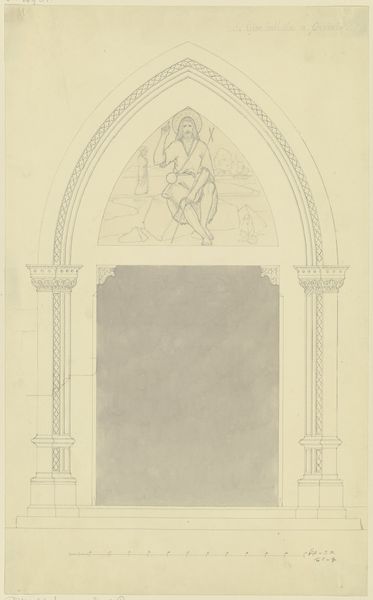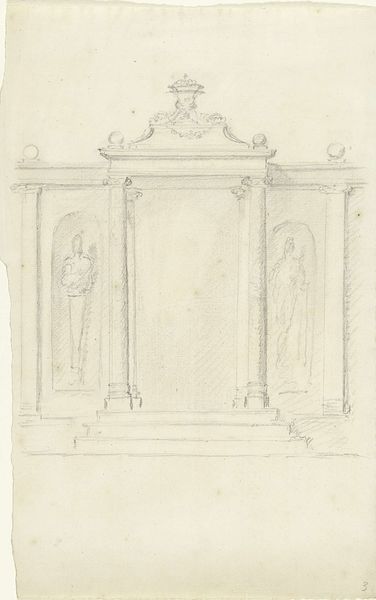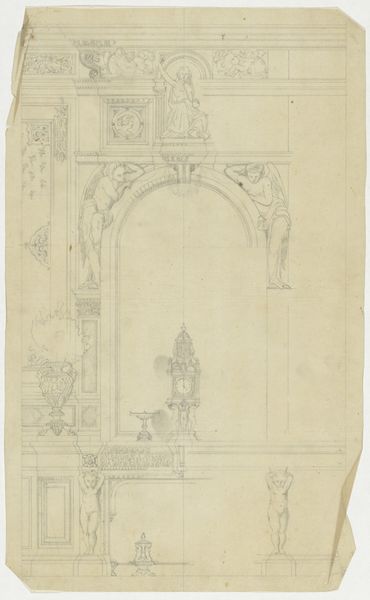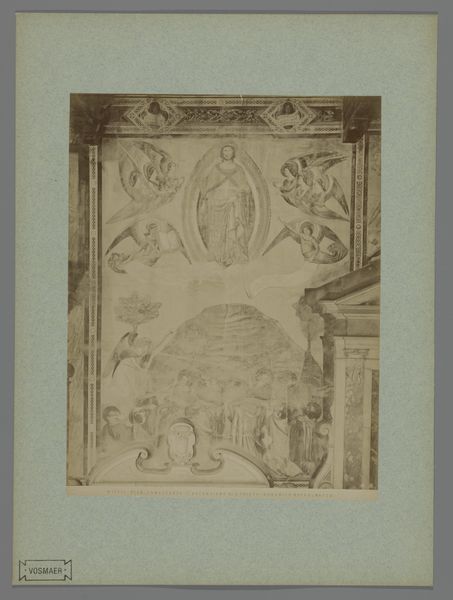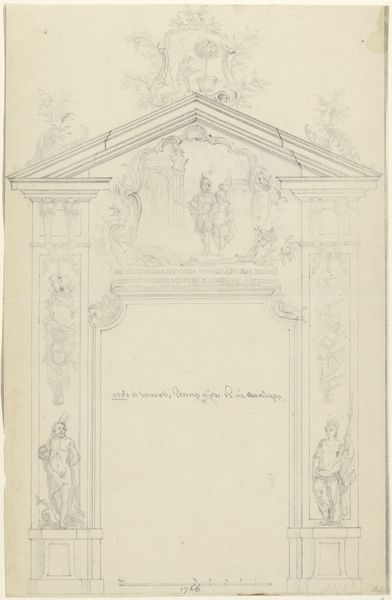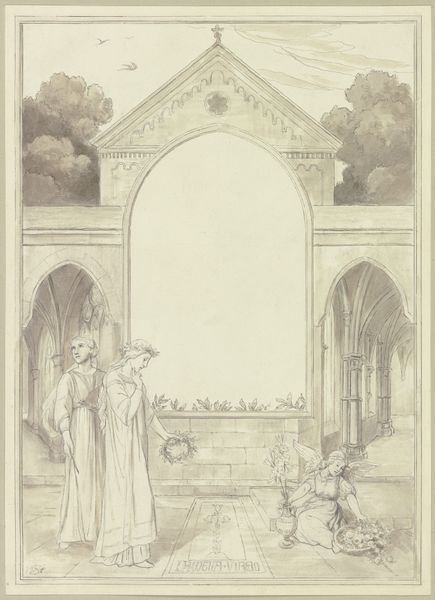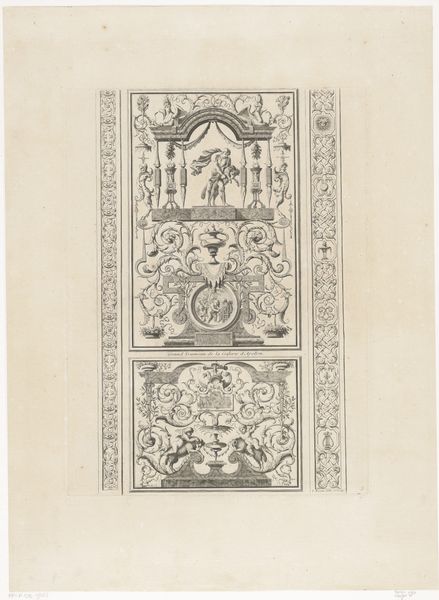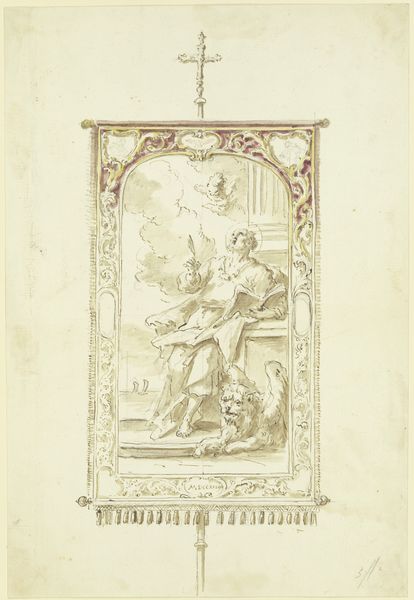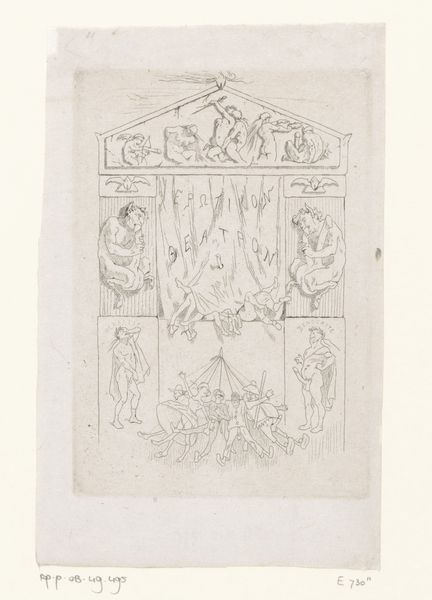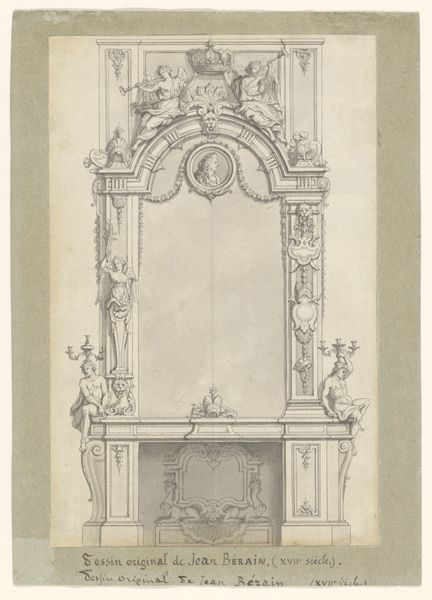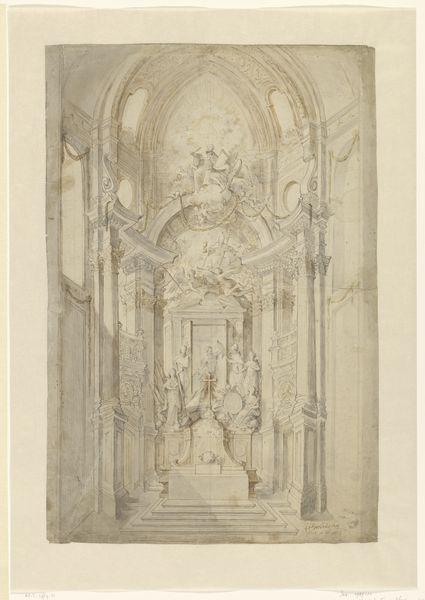![Diethers Aufbruch in die WeltIllustration zu_ Heinrich Steinhausen, „Irmela. Eine Geschichte aus alter Zeit“, Prachtausgabe, Leipzig_ Georg Böhme, [1884], S. 135 by Wilhelm Steinhausen](/_next/image?url=https%3A%2F%2Fd2w8kbdekdi1gv.cloudfront.net%2FeyJidWNrZXQiOiAiYXJ0ZXJhLWltYWdlcy1idWNrZXQiLCAia2V5IjogImFydHdvcmtzLzEzNDA3NjAzLWU3ZDUtNGQ0OC04MjgxLTJjYzE1YzFlYTQxNC8xMzQwNzYwMy1lN2Q1LTRkNDgtODI4MS0yY2MxNWMxZWE0MTRfZnVsbC5qcGciLCAiZWRpdHMiOiB7InJlc2l6ZSI6IHsid2lkdGgiOiAxOTIwLCAiaGVpZ2h0IjogMTkyMCwgImZpdCI6ICJpbnNpZGUifX19&w=3840&q=75)
Diethers Aufbruch in die WeltIllustration zu_ Heinrich Steinhausen, „Irmela. Eine Geschichte aus alter Zeit“, Prachtausgabe, Leipzig_ Georg Böhme, [1884], S. 135 c. 1884
0:00
0:00
drawing, ink, pencil, chalk
#
drawing
#
16_19th-century
#
medieval
#
narrative-art
#
old engraving style
#
figuration
#
ink
#
pencil
#
chalk
#
pen work
#
history-painting
#
academic-art
Copyright: Public Domain
This illustration by Wilhelm Steinhausen, dating to 1884, was made using pencil and ink on paper. It departs from traditional artistic conventions, embracing the burgeoning world of book illustration. The linear quality is emphasized by the artist's skilled hand, apparent in the level of detail. Notice the architectural elements, figures, and decorative motifs rendered with precision. The image probably started as a pencil drawing, with ink added to define the lines and create contrast. The smooth surface of the paper allows for fine lines and delicate shading. The even application of ink suggests the use of tools like brushes or fine-tipped pens, indicating meticulous control and craftsmanship. This was during a boom in affordable books, when many artists turned their hand to commercial publishing. The piece sits at the intersection of fine art and commercial production, blurring the lines between artistic expression and mass consumption. Paying attention to the materials and processes used highlights the artistry and labor involved. It challenges the artificial divide between fine art and illustration, offering a richer understanding of the image's cultural significance.
Comments
No comments
Be the first to comment and join the conversation on the ultimate creative platform.
